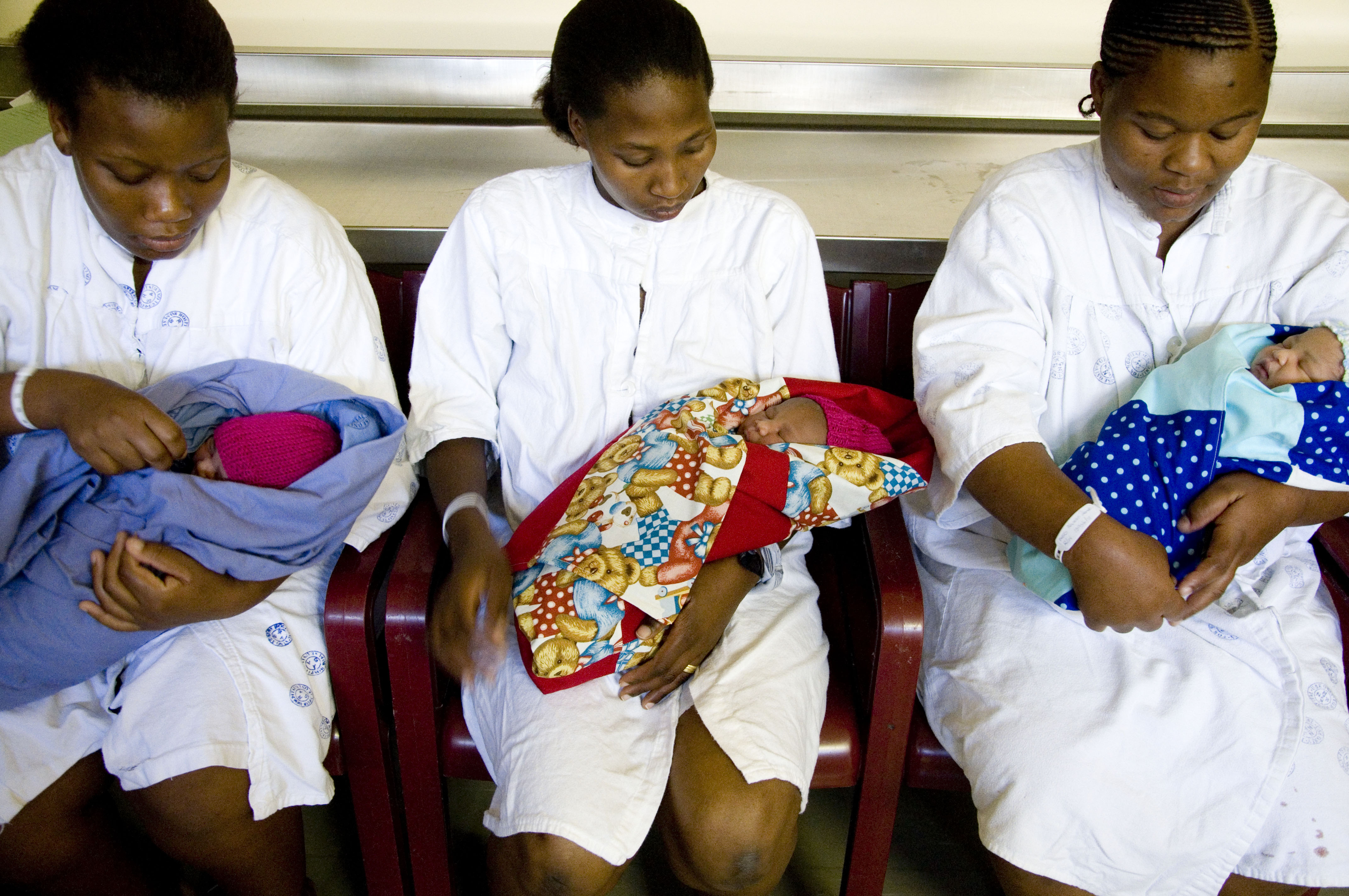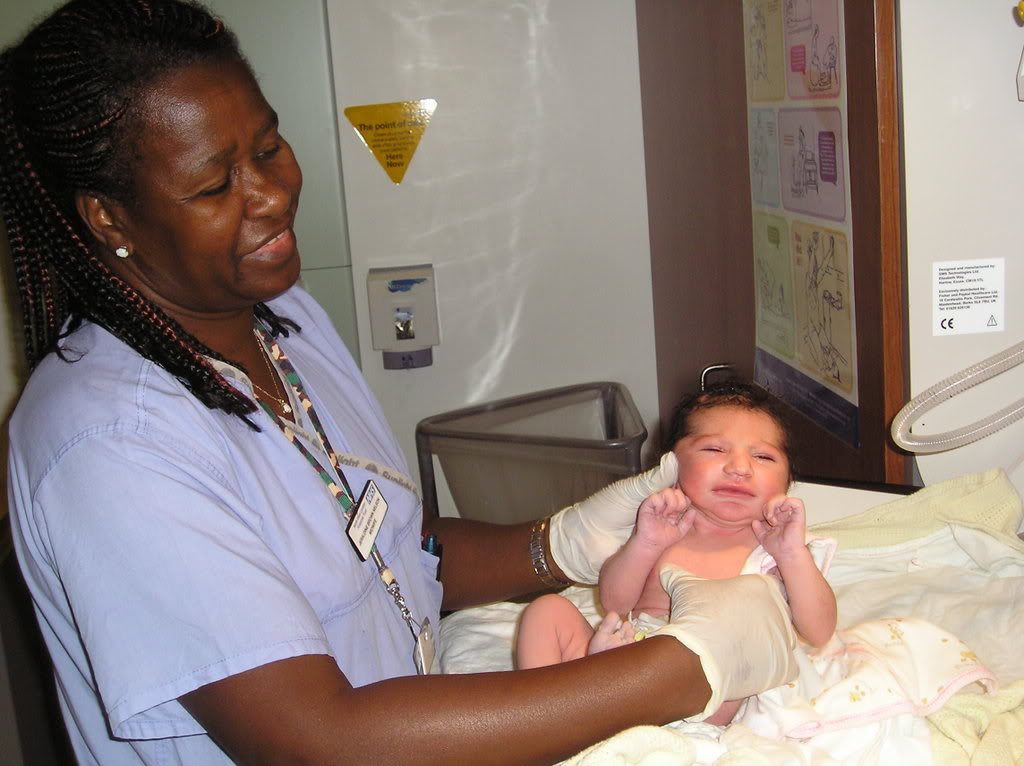Each year, 1 million newborns die during their first day of life, 1.3 million babies are stillborn, and more than 300,000 mothers die during pregnancy and childbirth. That’s about as many deaths as the entire population of Namibia.

But if all women gave birth with a midwife in a facility capable of providing basic emergency care, it is estimated that 56 per cent of maternal, foetal, and newborn deaths could be prevented. That’s a million lives each year. So why are midwives still chronically underfunded and undervalued by governments and society at large?
Maternal mortality is the highest health inequity in the world, and midwives are the best-skilled birth attendants who can save the lives of mothers and children during childbirth. A midwife with the right skills and training can provide 87 per cent of the health care needed during pregnancy and following birth.
They are able to provide a high standard of care across the spectrum of health contexts. Whether you are the Duchess of Cambridge or a smallholder farmer in Tanzania, a skilled midwife can provide you with expert support that is not available from other health professionals.
A midwife’s services go far beyond pregnancy and birth. Throughout the entire lifecycle, these health professionals provide essential education, health monitoring, and primary care to babies, adolescents, and mothers.
Midwives provide sexual health information that can help stop the spread of HIV and other STDs, they administer vaccines to infants, and they provide information about hygiene and healthy lifestyles that can help prevent other illnesses.
Moreover, midwives’ integrated approach to frontline healthcare helps bridge the gap between isolated rural health centres and the communities they serve. Their unique training means midwives are well placed to form a pillar of Universal Health Coverage systems that ensures high-quality healthcare to all.

